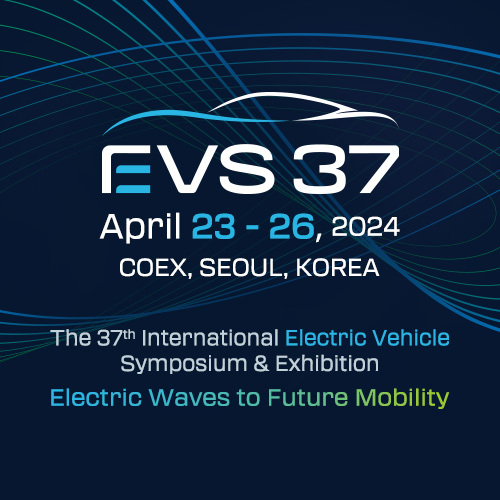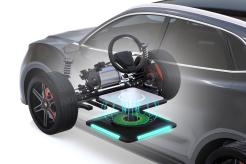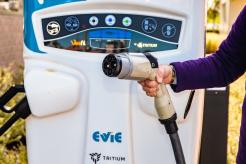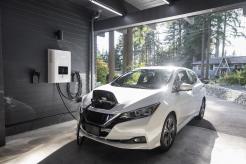With the United States’ vast landmass, many Americans face two challenges when purchasing an electric vehicle — range anxiety and high purchase prices. So, what are the country’s lawmakers doing to promote US EV adoption and charging availability?
Turns out, quite a bit. Both federal and state lawmakers have proposed and passed various policies promoting EV adoption and charging capability. Here are some of the things federal lawmakers have done to help Americans find affordable EVs and keep them charged.
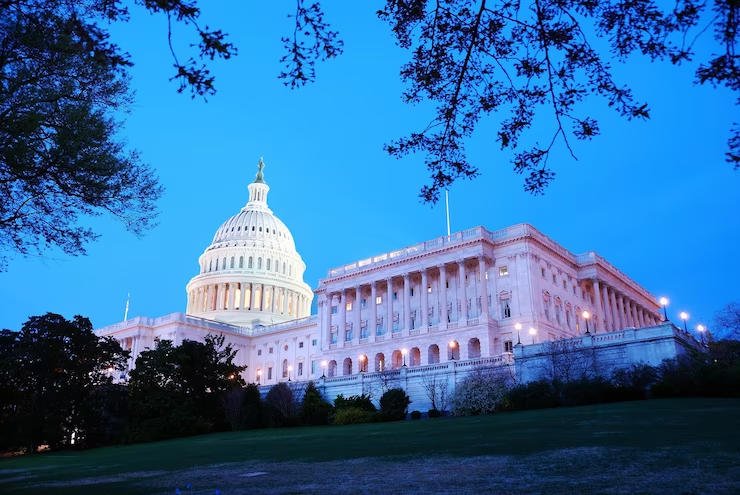
Image via Freepik
The Bipartisan Infrastructure Law
While a good bit of the buzz over the 2021 Bipartisan Infrastructure Law (BIL) involved its intent to fix the nation’s aging roads and bridges, it also had several provisions that could ease many Americans’ concerns about buying EVs.
With $30.7 billion of the total funding supporting electric vehicle purchases and the infrastructure to charge them, this bill could be a game-changer for the EV industry. $7.5 billion of that money will go into expanding EV charging infrastructure. In addition, $10.3 of that funding will go into modernizing the batteries and electrical grid needed to power the EVs coming off the assembly line.
The infrastructure bill’s provisions included two programs providing funding for EV charging infrastructure — NEVI and the Discretionary Grant Program. Both programs can provide rural and underserved American communities with the charging resources to fill the gaps between charging stations in sparsely populated areas. Indeed, these programs can go a long way to make Americans more comfortable with an EV purchase.
In addition, the BIL added a provision to make installing EV charging infrastructure eligible to receive funding under the US Department of Transportation’s Surface Block Grant program. This addition makes at least some of the block grant’s $72 billion in funding available to EV charging and vehicle-to-grid infrastructure, a distributed energy resource that feeds excess energy from EVs back into the local electrical grid.
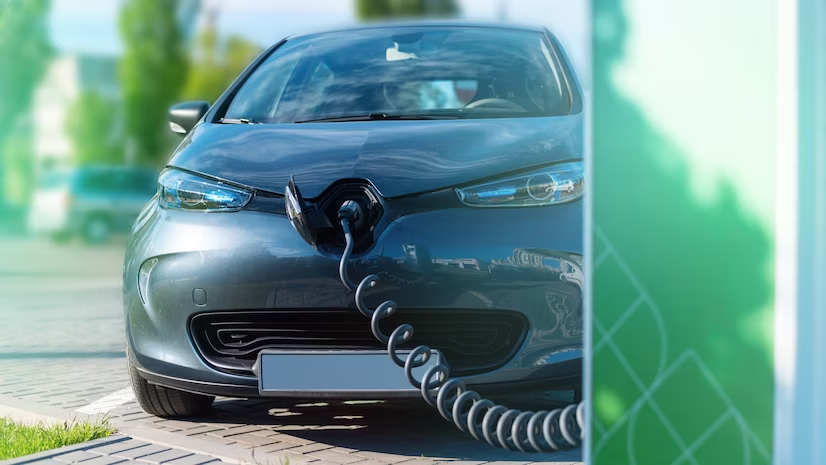
Image via Freepik
Five billion dollars of the infrastructure bill’s funding will help fund electric and other clean fuel options for school buses, with $2.5 billion going directly to deploying electric school buses. Even ferries will begin to go electric, thanks to this bipartisan bill. The BIL appropriated $250 million to fund a pilot program to jumpstart the transition of the nation’s ferries to a cleaner future.
State funding, too, factored into the bill’s total outlay. For example, $5 billion will go toward the Department of Transportation (DOT)’s National Electric Vehicle Formula Program, which states can use to acquire, install, and maintain EV charging infrastructure.
The Inflation Reduction Act
The 2022 Inflation Reduction Act (IRA) also provided funding to increase access to EV charging infrastructure, helping Americans solve the range anxiety challenge with more charging stations. In addition, this bill helped Americans overcome another barrier to EV adoption — the vehicles’ high prices.

Image via Pexels
This law provides new light-duty EV buyers with a tax credit of up to $7,500 per vehicle. Even used EVs are eligible; however, the tax credit for used cars is less, up to only $4,000 or 30 percent of the price — whichever amount is lower. This provision puts EV ownership within reach of more American car buyers than ever.
The IRA also addresses another critical concern — sourcing materials to manufacture EV batteries. The bill requires that beginning in 2023, 40 percent of the minerals manufacturers use to make the batteries be “extracted, processed, or recycled in North America or in countries that have free trade with the US.”
That percentage will increase each year. By 2026, 80 percent of the materials in each new EV battery will come from domestic or friendly foreign sources.
EV battery components, too, fall under this rule, beginning with 50% in 2023. By 2028, 100 percent of new EV batteries’ components will have come from North American sources.
This requirement is already helping to churn out EV sales and battery production. As of July 25, 2023, a CBS News article points out, battery recycling and production companies have stepped up to power all those newly purchased EVs. With new battery material manufacturing plants springing up throughout even rural states, the IRA has already proved itself a rousing success.
The National Defense Authorization Act for Fiscal Year 2023

Image via Freepik
Signed into law in December 2022, the National Defense Authorization Act for Fiscal Year 2023 (NDAA) contained two key stipulations that encouraged EV adoption on military bases and in the US Armed Forces’ daily operations. These changes include the following:
- EV charging stations at military exchanges: This ground-breaking bill authorized the US Department of Defense (DOD) to provide EV charging stations at base exchanges and commissary stores. Service members and their families enjoy the convenience of shopping on base, where they receive military-exclusive pricing and other perks. With charging stations on-site, service members and their loved ones never have to go off-base to charge their EVs.
- On-base pilot program to assist the military’s transition to EVs: The 2023 funding bill requires the DOD to begin an EV pilot program that introduces EVs to carry out various non-combat tasks. The pilot program must use microgrids to handle the added load and lessen the stress on the grid.
Following this bill’s enactment, the DOD conducted a study on the feasibility of EVs in non-combat situations. The DOD’s research showed that EVs performed well compared to similar vehicles with internal combustion engines.
The DOD researchers’ main concern was the need to source some EV components from China and other nations with whom the US has a less-than-ideal relationship. However, the researchers suggested — as do many lawmakers promoting EV adoption — that domestic production could easily solve that problem.
With such a positive outcome, it looks like the US military establishment is on board with transitioning at least its non-combat vehicles to electrical power. If lawmakers take the time to read this report, they will likely look to EVs to play a critical role in the nation’s evolving defense systems.
Take Full Advantage of These Legislative Advances With EV Charging Experts’ Insights
There’s one place where you can learn how to take advantage of the EV-promoting aspects of these new laws — the EV Charging Summit & Expo. You’ll hear from some of the finest thought leaders in the EV charging industry.
Don’t miss your chance to discover how your company can obtain your share of the funding available through these legislative developments. Reserve your place at the EV Charging Summit & Expo today!

